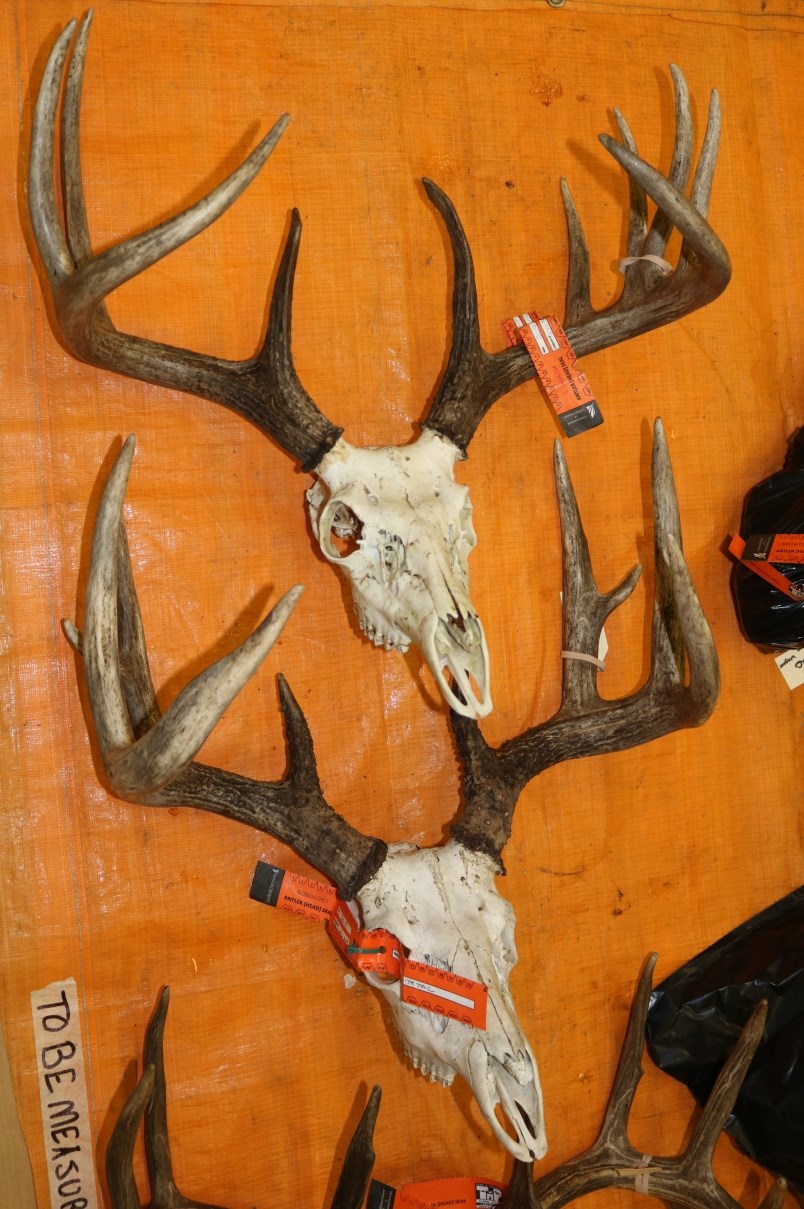The province is asking hunters to send in the heads of deer, moose and elk this season for testing, which is free for any of those species harvested in any wildlife management zone in the province.
CWD is a fatal nervous system disease that infects animals like deer. An afflicted animal can appear normal for years, but will eventually display warning signs like weight loss and poor coordination before dying.
The disease has no cure and is currently found in 56 of Saskatchewan's 83 wildlife management zones, the province said in a news release.
Cases were found in 466 of about 3,000 samples collected last year, said Ministry of Environment wildlife health specialist Iga Stasiak. Thirty-two per cent of mule deer and nine per cent of white tail deer tested positive.
After the disease was found in five moose last year, the province is encouraging hunters to send in samples of the animals — especially in areas where CWD occurs among deer, Stasiak said.
The province also wants samples from regions in the east and south. Another key area is near the boreal forest, which would allow researchers to learn more about the risk posed to animals like threatened woodland caribou.
Hunters need a CWD tracking number before dropping off heads at locations across the province.
There are no recorded instances of the disease among humans, but hunters are encouraged to refrain from eating or distributing meat from animals that have tested positive.
Testing is vital, as CWD's "overall trends and infection rates are increasing across the province," Stasiak said.


.jpg;w=120;h=80;mode=crop)


